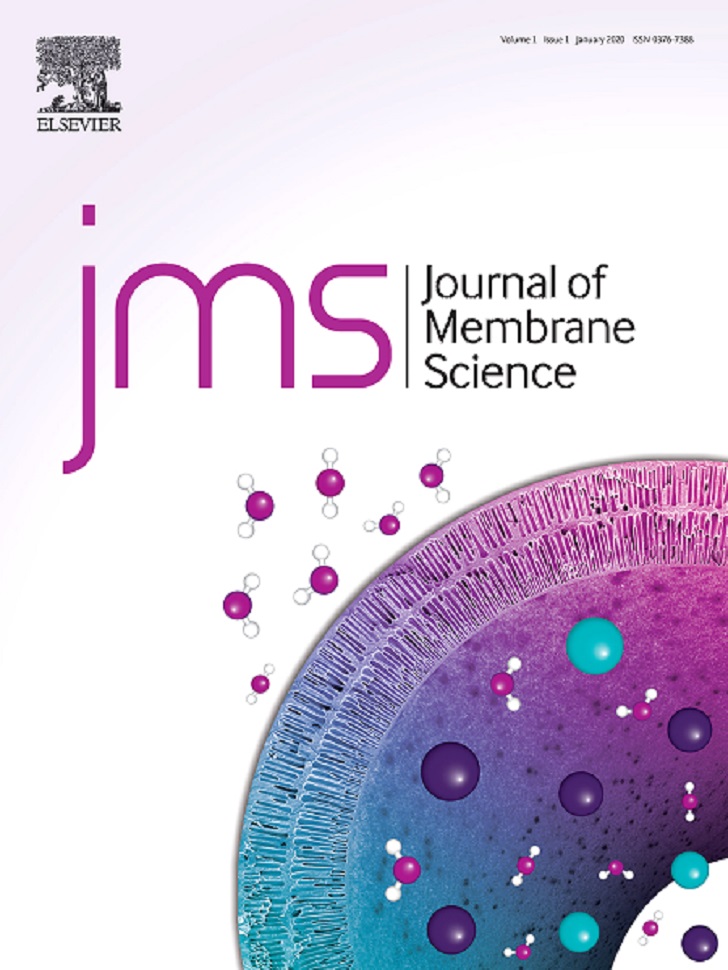
The research article 'Bridging the gap between lab-scale and commercial dimensions of hollow fiber nanofiltration membranes' has been published in Elsevier's Journal of Membrane Science (Volume 624, 15 April 2021, 119100).
Highlights
- MgSO4 retention by hollow fiber nanofiltration membranes at varying conditions.
- Significant concentration polarization at industrially relevant conditions.
- Commonly used mass transfer correlations have limited applicability at high recovery.
- Correction factor for mass transfer correlation derived at high recovery.
- Advective transport is relevant in polyelectrolyte multilayer membranes.
Abstract
The development of nanofiltration membranes with hollow fiber geometry is a relatively young field of research in membrane science with only limited, but quickly growing, availability on a commercial scale. These membranes offer promising properties for application in water treatment such as high fouling resistance and low cost compared to Reverse Osmosis membranes. Major differences are found in dimension and operating conditions of hollow fiber nanofiltration membranes used in academia and on an industrial scale. To allow for adequate comparison and prediction of membrane performance, the effect of fiber dimension and operating conditions on process performance needs to be properly understood.
A systematic experimental study on MgSO4 retention by hollow fiber nanofiltration membranes was performed to investigate the effect of fiber length and operational conditions on membrane performance. A significant drop in the retention of MgSO4 was observed for 1.5 m long fibers in flux ranges of 20 LMH when reducing crossflow velocity to 0.1 m/s. Transport models were used to describe and predict this behavior. We show that the commonly used mass transport models under predict this decrease in retention. Using different theoretical transport models for the hollow fiber feed phase and reducing dimensional resolution from 2D to 1D and 0D allows for the identification of limitations of the commonly applied analytical mass transfer correlations. To accommodate for this discrepancy found between experimental results and model predictions, a correction factor was derived using the 2D model to specifically account for deviations of these correlations at high permeate recovery values. Our newly developed model makes it possible to accurately predict full scale membrane performance solely based on measured done on small scale membranes, an important precondition for the further development of dense hollow fiber based membranes and processes.




